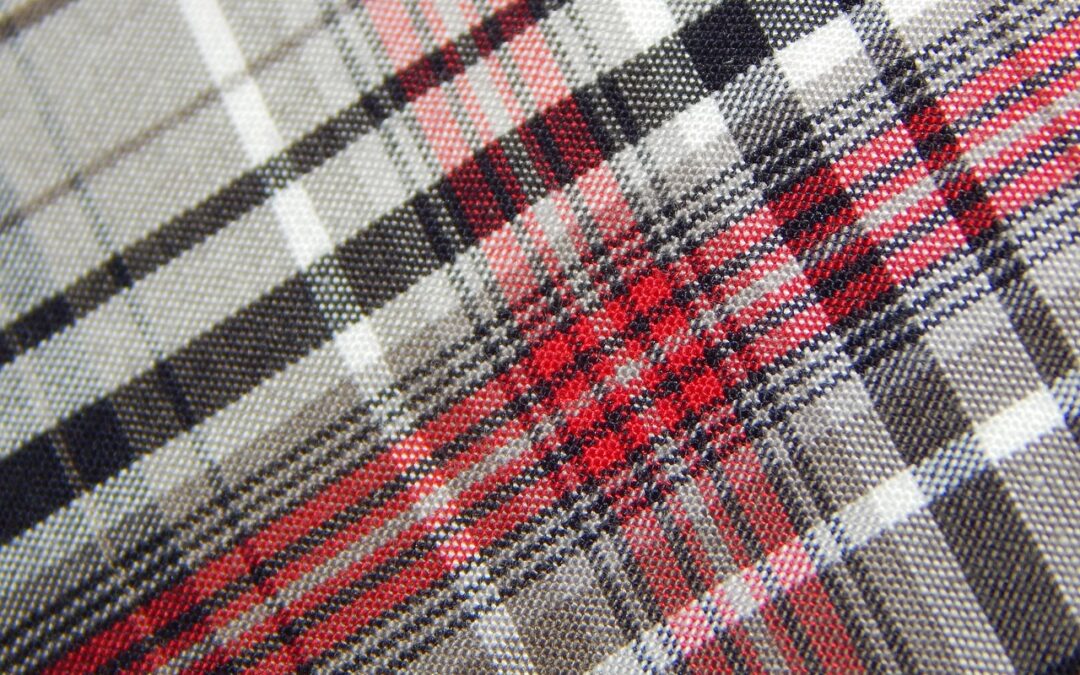Contents
- 1 The Ultimate Guide to Landscaping Materials for Flower Beds: Enhancing Your Garden’s Beauty and Health
- 2 Choosing the Right Sand for Your Flower Beds
- 3 Gravel for Enhanced Drainage and Weed Control
- 4 Mulch: The Versatile Solution for Flower Bed Health
- 5 Soil Amendments for Enhanced Nutrition
- 6 Stones and Rocks for Aesthetic Appeal
- 7 Tips for Using Landscaping Materials Effectively
The Ultimate Guide to Landscaping Materials for Flower Beds: Enhancing Your Garden’s Beauty and Health
TL;DR
Discover the essential landscaping materials for flower beds, including sand, gravel, mulch, and more. Learn about their unique benefits, how to choose the right ones for your needs, and tips for using them effectively. Elevate your garden with high-quality materials that promote plant health, enhance aesthetics, and simplify maintenance.
Choosing the Right Sand for Your Flower Beds
Sand provides drainage and aeration for flower beds, preventing waterlogging and root rot. Look for coarse-grained sand that allows water to percolate easily. Avoid fine-grained sand, as it can compact and hinder drainage.
Gravel for Enhanced Drainage and Weed Control
Gravel adds a decorative touch to flower beds while improving drainage. Choose crushed stone or pea gravel in various colors and sizes. Gravel also suppresses weed growth and prevents soil erosion.
Mulch: The Versatile Solution for Flower Bed Health
Mulch insulates soil, retains moisture, suppresses weeds, and adds essential nutrients. Organic mulches, such as bark chips or compost, decompose over time, enriching the soil. Inorganic mulches, like rubber or plastic, are durable and long-lasting.
Types of Mulch for Different Needs:
- Bark chips: Long-lasting, decorative, and naturally acidic for acid-loving plants.
- Compost: Rich in nutrients, improves soil structure, and supports beneficial microorganisms.
- Rubber mulch: Durable, weed-suppressing, and ideal for high-traffic areas.
- Plastic mulch: Blocks weeds effectively, retains moisture, and warms the soil.
Soil Amendments for Enhanced Nutrition
Soil amendments, such as compost or manure, provide essential nutrients and improve soil structure. Amend the soil before planting or add compost as a top dressing throughout the growing season.
Stones and Rocks for Aesthetic Appeal
Stones and rocks add visual interest and texture to flower beds. Use larger rocks as focal points or to create rock gardens. Smaller stones or pebbles can be used as borders or groundcovers.
Tips for Using Landscaping Materials Effectively
- Plan your design: Decide on the function and appearance you want for your flower beds before selecting materials.
- Prepare the soil: Remove weeds and debris, and amend the soil as needed.
- Use layers: Layer different materials for optimal drainage, weed control, and soil health.
- Water regularly: Mulch helps retain moisture, but don’t overwater. Water deeply and infrequently to encourage deep root growth.
- Replenish mulches: Organic mulches decompose over time, so replenish them annually for continued benefits.
By choosing high-quality landscaping materials and using them effectively, you can create vibrant, healthy, and visually stunning flower beds that will enhance your outdoor space and bring joy for years to come.

